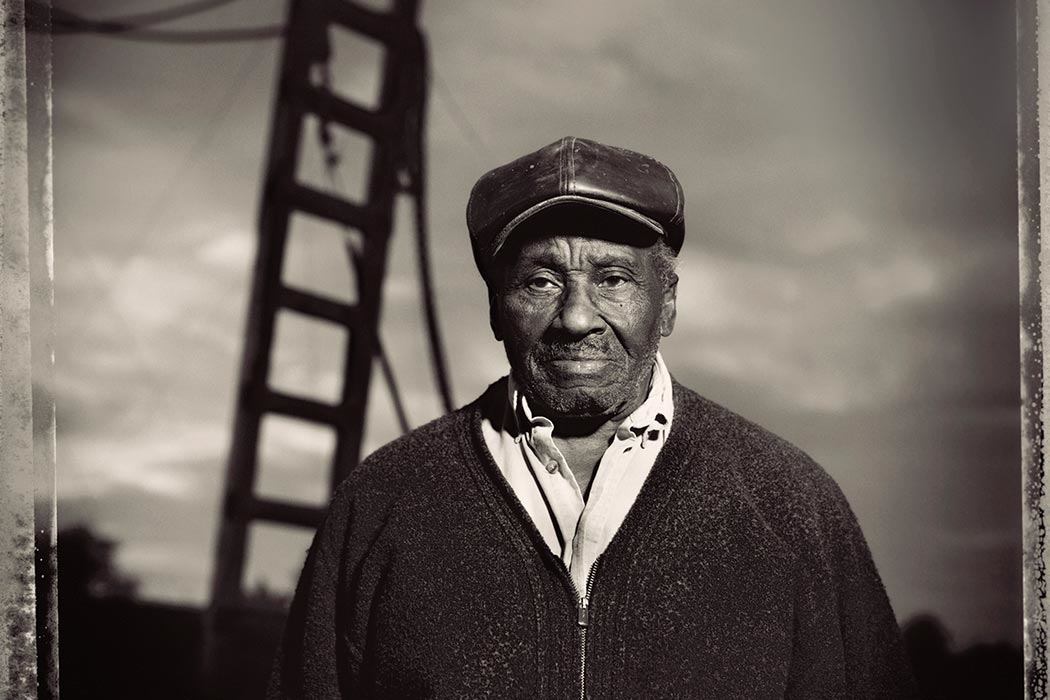On the recent 50th anniversary of the Watts “rebellion,” “uprising,” or “riot,” (depending on your political stance), the Los Angeles Times ran two feature stories related to artist Noah Purifoy. The Los Angeles County Museum of Art (LACMA) also currently features a retrospective on this same assemblage artist and sculptor in “Noah Purifoy: Junk Dada.”
Though not known well internationally, Purifoy’s legacy looms large in Los Angeles. In 1965, he constructed his earliest body of sculptural assemblage out of the burned debris from the Watts Rebellion, establishing a name for himself as an artist, activist, and educator.
In his 2009 article “Learning from Watts Towers: Assemblage and Community-Based Art in California,” Richard Cándida Smith looks back at both the Watts Towers and Purifoy as a community activist and leader.
The Towers stand as beautiful monuments to the powerful message of assemblage, in transforming monumental waste into lasting icons. As Smith explains it, Purifoy’s work in relation to the Watts rebellion and the Watts Towers (or “Nuestro Pueblo” or “Our Town” as the builder Sabato Rodia lovingly named them), shed light on the healing powers of salvage assemblage and creativity in a unique way:
“In August 1965, long-standing resentments over poverty, police brutality, and racial discrimination erupted into a major urban rebellion. Thirty-four people died over six days of fighting, and a thousand buildings were damaged or destroyed. Watts has also long been a centre of a community-based arts movement. It is the site of the Watts Towers, an unusual site-specific assemblage work built by an Italian immigrant between 1921 and 1955 that is now a national historic monument. In the aftermath of the Watts rebellion, the Watts Towers Arts Center expanded its activities and explored how the arts might better serve the needs of poor and working-class communities.”
Like beacons amidst the city, the Watts Towers are a point of pride to many Watts residents. Sabato Simon Rodia, an Italian immigrant and laborer, transformed trash into treasure and mortar into monuments starting in 1921 in his very own backyard.
Scavenging with local children for scraps of metal and mirror, bottle caps and bottles, broken plates and sea shells, he used anything and everything. Rodia built the towers from the inside out—and up, with the tallest tower standing at nearly one hundred feet. He covered internal steel structures with concrete cement, decorating as he went by pressing found treasures into the drying cement.
Noah Purifoy (1917–2004) lived near these towers after serving in WWII, completing his Masters in social work, and attending art school. He worked as an art teacher but didn’t proclaim himself an artist until after the 1965 uprisings in Watts, when his calling was really made clear. It was then that he teamed up with his art students, combing the streets much as Rodia had, for leftover detritus and remains to re-purpose in their work. As Smith describes it, “Purifoy wanted to believe that art could contribute to a healing process.”
In Purifoy’s own words,
Within [each person] there’s a creative process going on all the time, and it’s merely expressed in an object called art. One’s life should also encompass the creative process. We were trying to experiment with how you do that, how you tie the art process in with existence.
In 1966, his exhibit of collaged debris inspired by the uprising called “Sixty-six Signs of Neon” debuted and traveled the U.S. and Europe. With this, Purifoy’s artistic and life mission was cemented.
During his lifetime, Purifoy served as both the founding director of the Watts Towers Arts Center and as an appointed member of the California Arts Council. With both of these positions, Purifoy aimed to bring the creative process to schools through an “art-in-education” pilot program. He believed that, “…the error we make is never looking at the creative process, but looking at the product, which is art. Now, my theory is that it is not art that’s applicable; it is the creative process that’s applicable.”
Purifoy’s vision led to artist-in-school programs wherein artists would receive salaries to imbue creativity and art into the curriculum, tying the creative process to the process of problem-solving so that students learned a variety of applicable and transformative skill-sets all at once. Close relationships formed between arts teachers and students, and the program thrived. It was so successful over the years that “[a]pproximately two hundred artists were placed in communities around the state each year for the next decade.”
The Arts Council continued Purifoy’s vision and legacy. They hoped that through their revamped arts education, much greater goals would be achieved. “These projects would allow Americans to explore and discuss questions of racial inequality, war and peace, the expansion of gangs, crime and punishment, substance abuse, or the crisis of the family in terms considerably more sophisticated than the mass media or traditional politics had fostered. The ultimate goal of the council’s programmes would be to arrive at ‘a society so deeply dyed with art, craft, and style as to render an Arts Council unnecessary.’”
Both Rodia’s Watts Towers and Purifoy’s assemblage sculptures remind us of the power of arts—to heal and learn through the creative process and to take inspiration from the mighty symbolism of altering abandoned trash into transformative treasure.







